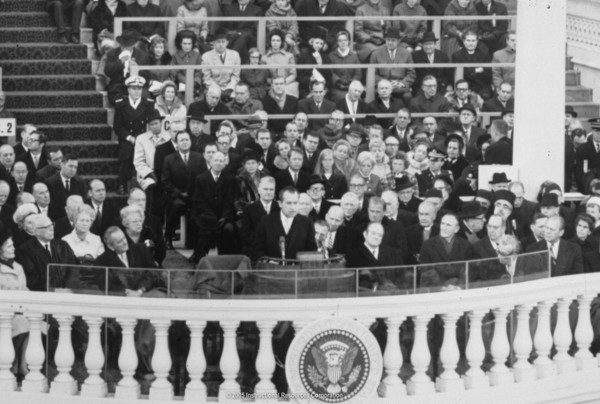Introduction

Central Question: How did Nixon's domestic policies shape the United States?
Elected in the midst of the turbulent 1968 presidential election, Richard M. NixonPresident of the United States from 1968 to 1974 faced an increasingly divided nation. The "Silent Majority"term used to describe "middle Americans" who were not vocal in their opinions, but who supported a return to normalcy within the U.S. of Americans who supported Nixon, favored peace and a return to normalcy. Other Americans, focused on change and equality, continually challenged the status quo and protested openly about injustices within the nation. To some degree, Nixon attempted to appease these various interests and pursued an ambitious domestic agenda that included support for affirmative actionpolicy of providing special opportunities for groups who historically faced discrimination, social welfare programs, and conservative fiscal policies. Though Nixon did achieve a great deal domestically, his most noteworthy accomplishments as president came in the arena of foreign policy.
Following successful completion of this lesson, students will be able to:
- Describe the significant domestic policy issues during the Nixon administration.
- Describe the social and cultural changes of the 1970s, including space exploration, environmental support, affirmative action, and abortion.
The above objectives correspond with the Alabama Course of Study: US History 11 Objectives: 15 & 16.
This lesson incorporates the following Literacy Standards: R2, R3, R7, R8, R9, W2a, W4, W6, & W9.
Photograph Citation:
President Richard M. Nixon's Inaugural Address. IRC, 2005. Image. Discovery Education.
Web. 15 July 2014. <http://www.discoveryeducation.com/>.